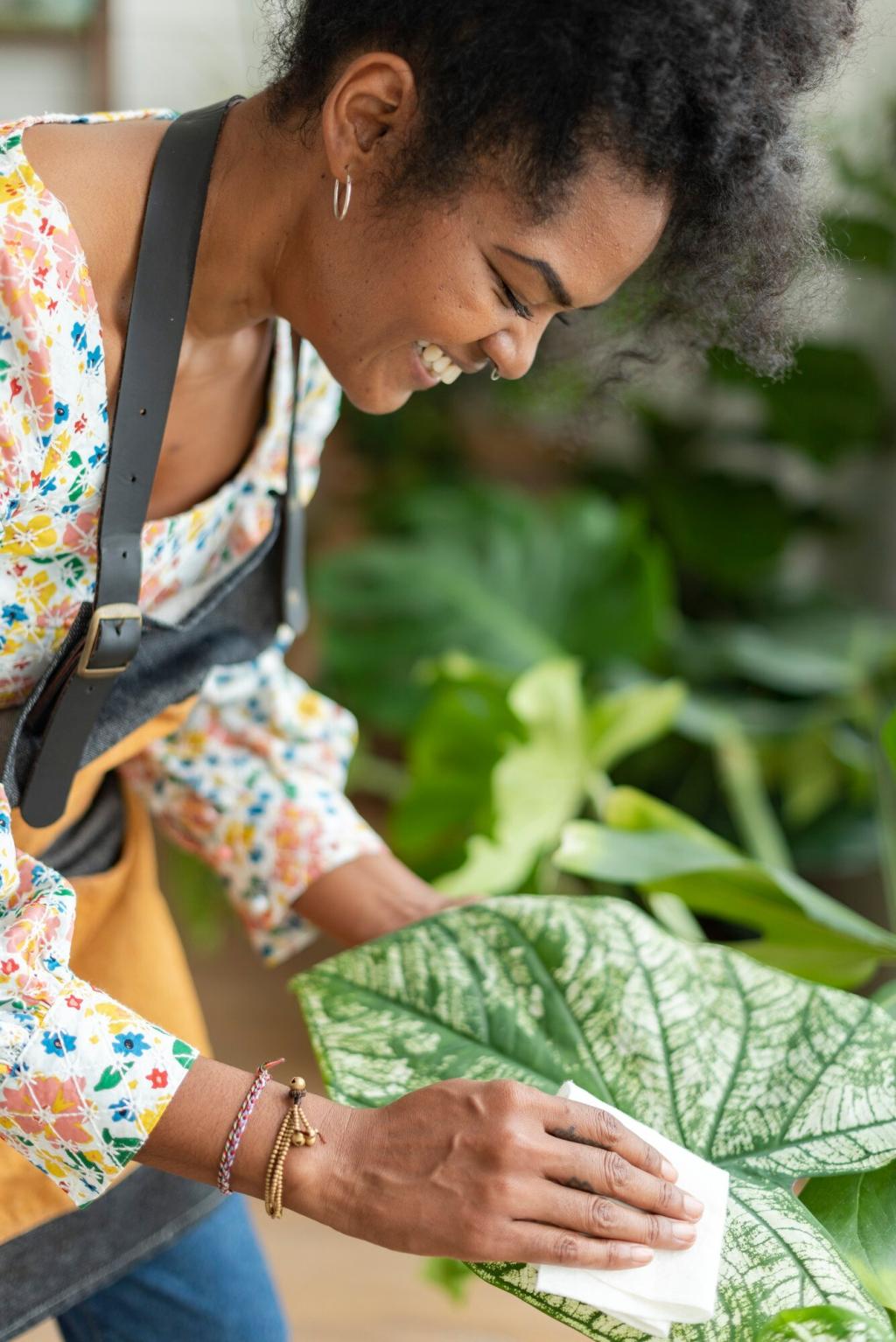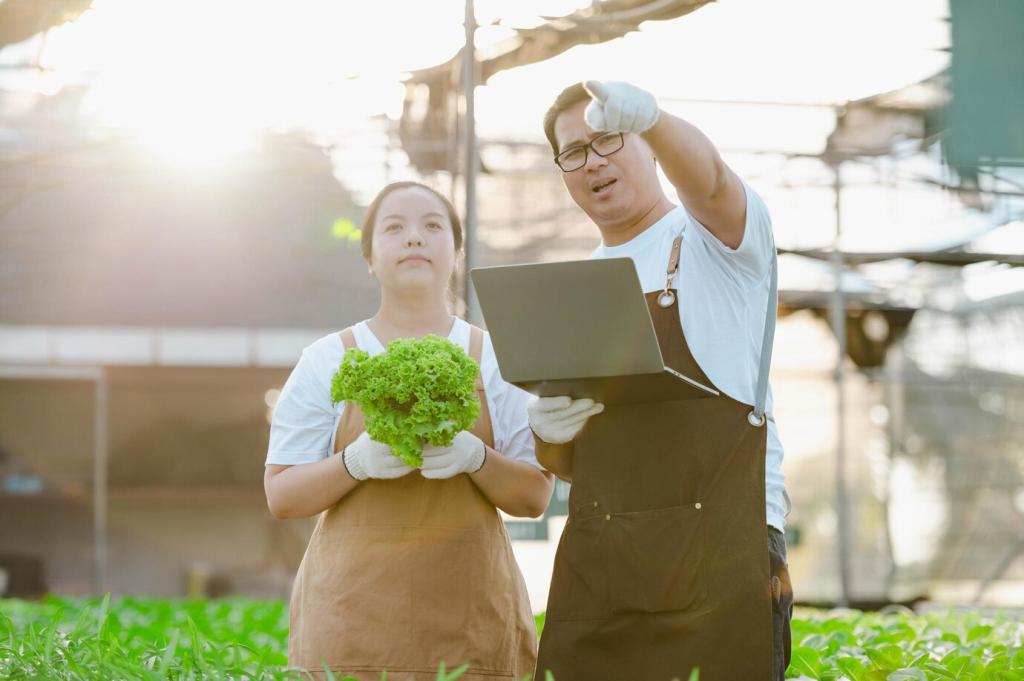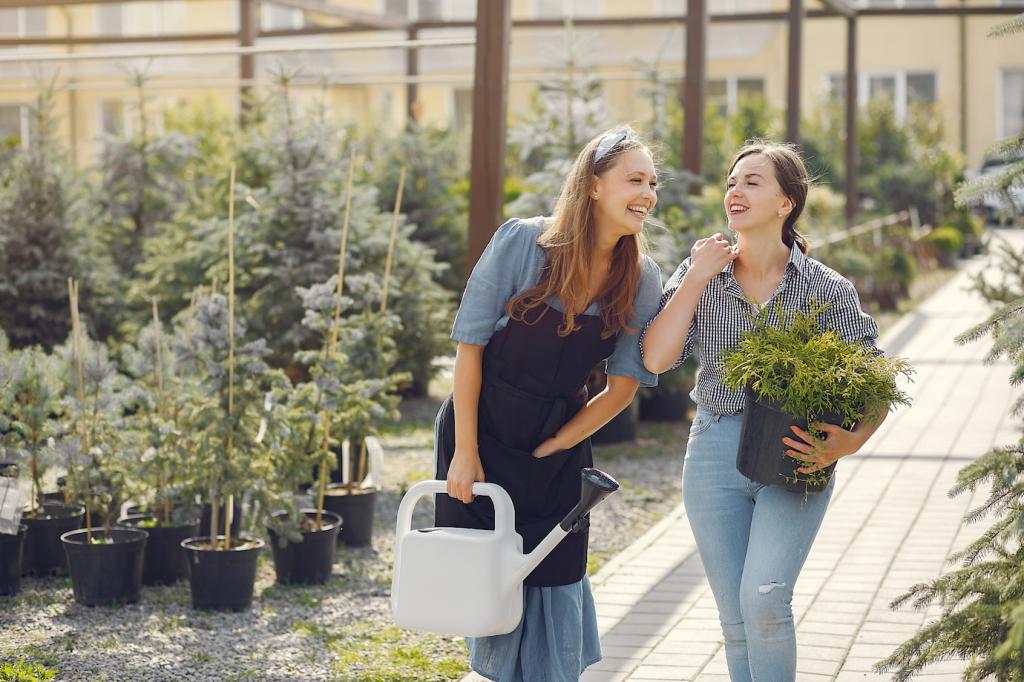
Sustainable Gardening Techniques for Urban Dwellers
Urban environments often present unique challenges for gardening, from limited space to soil contamination. However, sustainable gardening methods empower city dwellers to transform small balconies, rooftops, or shared community spaces into lush, productive gardens. This guide delves into actionable techniques that not only maximize your green space but also contribute positively to the environment. Discover how you can cultivate thriving gardens in the city while conserving resources and promoting ecological balance.
Optimizing Limited Space
01
Vertical Gardening Solutions
Vertical gardening harnesses unused upward space, turning walls, fences, or trellises into vibrant growing zones. This method is ideal for urban dwellers with small patios or balconies, allowing the cultivation of edible plants, flowers, and herbs in containers or mounted supports. Vertical gardens not only increase planting capacity but also improve air quality and provide natural insulation. By incorporating hanging planters, wall-mounted pockets, or climbing plants, gardeners can achieve high yields while conserving precious floor space. Additionally, vertical gardening simplifies maintenance because plants are easier to reach and water, ultimately minimizing labor and maximizing results.
02
Container Gardening Benefits
Container gardening is an accessible and flexible technique, perfectly suited for urban environments. Using pots, buckets, or repurposed vessels, gardeners can grow a diverse range of plants on windowsills, rooftops, or paved surfaces where in-ground planting isn’t possible. Containers offer control over soil quality and help to minimize the risks of soil contamination often found in cities. Moreover, mobility allows for effortless rearrangement, which helps optimize sunlight, protect plants from harsh weather, or simply redefine the layout as needed. Through careful planning and diligent care, container gardens can produce abundant harvests while supporting a sustainable urban lifestyle.
03
Maximizing Sunlight Exposure
The amount and quality of sunlight are significant concerns for city gardeners, as surrounding buildings often cast shadows and create microclimates. Strategic placement of pots, raised beds, or trellises is essential to ensure each plant receives adequate light for healthy growth. Rotating containers seasonally or elevating them on stands can enhance light exposure and productivity. Understanding the trajectory of the sun and employing reflective surfaces can further boost light access. This attentiveness guarantees urban garden success and helps foster resilient, flourishing plants within the constraints of cityscapes.
Building Healthy Urban Soil
Establishing fertile, uncontaminated soil in urban settings often requires starting from scratch or rehabilitating existing ground. Options include importing high-quality soil or constructing raised beds with carefully sourced amendments. Regularly incorporating organic matter, such as leaf mold or worm castings, helps introduce beneficial microbes and nutrients. Testing soil periodically for heavy metals or pollutants ensures safe food production, especially in reclaimed or industrial areas. By tending to soil health, urban gardeners lay the groundwork for resilient, productive plantings that support biodiversity and reduce environmental impact.
Composting in Small Spaces
Composting transforms kitchen scraps and garden waste into rich, nutrient-dense material that can revitalize urban soils. Even those with limited space can participate by adopting methods such as vermicomposting (using worms) or using compact compost bins. Strategic management of green and brown materials encourages efficient decomposition while mitigating odors. This process reduces household waste, lowers the need for synthetic fertilizers, and keeps valuable organic matter within the local ecosystem. Compost produced on-site can be used year-round to enrich beds and containers, creating a closed-loop system essential to sustainable urban gardening.
Mulching for Soil Health
Mulching is a simple yet powerful practice that conserves moisture, moderates soil temperature, and suppresses weeds. Urban gardeners can repurpose leaves, grass clippings, or shredded paper as mulch, making use of easily accessible materials that might otherwise be discarded. In addition to protecting plant roots, mulch slowly decomposes, contributing organic matter to the soil over time. Carefully chosen mulch types, including straw or wood chips, also enhance the appearance of garden beds. Continued mulching plays a vital role in maintaining healthy soils, supporting microbes, and reducing the frequency of watering and weeding.
Water Conservation Strategies
Efficient Irrigation Methods
Efficient watering techniques are crucial for conserving water while maintaining plant health. Drip irrigation systems and soaker hoses deliver moisture directly to the root zone, minimizing evaporation and runoff. When used appropriately, these systems ensure consistent hydration, reduce water loss, and limit disease by keeping foliage dry. Smart timing—watering early in the morning or late in the evening—also promotes optimal absorption. With careful planning, gardeners can reap lush harvests while using significantly less water, contributing to overall sustainability in urban landscapes.
Rainwater Harvesting
Collecting rainwater offers a free and natural resource for urban gardens, helping to reduce reliance on potable water supplies. Simple rain barrels can be connected to rooftop downspouts, capturing runoff that would otherwise be lost to the urban drainage system. Stored rainwater is ideal for irrigation, and its use encourages awareness of natural weather cycles. Implementing rainwater harvesting not only conserves a precious resource but also prevents stormwater pollution by reducing runoff. Adopting this practice empowers urban gardeners to steward water wisely for the benefit of their plants and community.
Selecting Drought-Tolerant Plants
Choosing plants adapted to thrive with minimal water is a proactive strategy for sustainable urban gardening. Many native species, succulents, and Mediterranean herbs require less irrigation and are well-suited to the hot, dry microclimates often found in cities. Incorporating these resilient varieties reduces overall water consumption while ensuring a beautiful, low-maintenance garden. By experimenting with drought-tolerant plants and observing their performance over time, gardeners can cultivate landscapes that are both resource-efficient and vibrantly diverse, even in challenging urban settings.
Organic Gardening Practices
01
Integrated pest management (IPM) relies on understanding pest life cycles and encouraging the natural predators that keep them in check. Rather than reaching for chemical solutions, urban gardeners can introduce beneficial insects, use physical barriers like row covers, or apply homemade remedies made from household ingredients. Regular monitoring and prompt removal of affected plant material further reduce pest populations. These non-toxic approaches safeguard pollinators and soil life, ensuring that the garden remains a thriving, balanced ecosystem. Natural pest control is fundamental to sustainable urban gardening, supporting both productivity and biodiversity.
02
Feeding plants using organic methods enriches the soil while avoiding the harmful runoff associated with synthetic fertilizers. Compost, worm castings, and well-rotted manure provide balanced nutrition and improve soil structure. Liquid feeds, such as compost teas or seaweed extracts, can be applied during periods of active growth. By forgoing chemical inputs, gardeners foster robust root systems and healthier plants that are less susceptible to disease and pests. Over time, organic fertilization builds a living soil environment, creating a self-sustaining cycle that benefits both plants and the wider urban ecosystem.
03
Practicing crop rotation and diversifying plantings reduces the build-up of soil-borne diseases and disrupts pest life cycles. Rotating annual crops, such as leafy greens or root vegetables, prevents nutrient depletion and optimizes land use in small urban plots. Interplanting a mix of species also leads to mutually beneficial relationships—for example, using nitrogen-fixing legumes alongside heavy feeders like tomatoes. These strategies encourage a multi-layered, resilient garden, making the most of limited space while supporting long-term soil health and increased harvests.
Previous
Next
Previous
Next
Supporting Urban Biodiversity
Flower-rich gardens are magnets for bees, butterflies, and other pollinators essential to both food production and ecological balance. Urban gardeners can select nectar-rich native plants that bloom through different seasons, ensuring a constant food supply for these allies. Avoiding pesticides and providing varied flower shapes create accessible habitats for diverse pollinator species. Even a small balcony garden can make a difference, enhancing the city’s green corridor and supporting pollinator populations threatened by urban development.
Community Engagement and Sharing
Community Gardens and Shared Spaces
Community gardens empower residents to grow food, foster relationships, and beautify shared neighborhoods. These spaces unite people of diverse backgrounds to pool labor, ideas, and harvests. Participation in communal gardening provides access to larger planting areas, educational workshops, and group composting efforts. Beyond the practical benefits, community gardens nurture a deeper sense of connection and stewardship, encouraging equitable access to fresh, healthy food within urban environments.


Seed Swaps and Resource Sharing
Seed swaps and sharing networks are vital for diversifying urban gardens and reducing expenses. Events organized by neighborhood groups or schools allow gardeners to trade seeds, cuttings, or tools, broadening their horticultural repertoire without additional cost. Sharing excess produce strengthens ties and reduces food waste. By cultivating a culture of exchange, urban communities increase resilience and foster an inclusive, collaborative approach to sustainable gardening.
